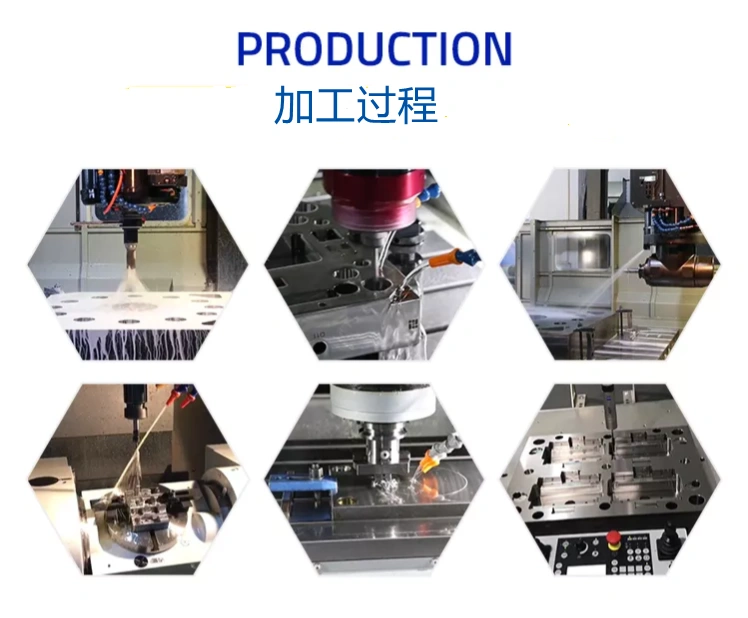
Mr. Chan
Leave a message
Mr. Chan
Leave a messageThe cooling phase in the injection molding process plays a crucial role in determining the molded products’ quality, efficiency, and overall success. This phase directly impacts various aspects of the final product, including the molding cycle, modality, dimensional accuracy, and mechanical properties.
The cooling time is a significant portion of the injection molding cycle, accounting for about 50% to 80% of the total cycle time. Efficient cooling is essential for reducing the molding cycle time, thereby increasing production efficiency and output. A well-designed cooling system can significantly shorten the cooling time without compromising the quality of the molded product, leading to faster production rates and lower manufacturing costs.
The modality of a molded product refers to its physical and aesthetic characteristics, including surface finish, warpage, and the presence of defects such as sink marks or weld lines. The cooling phase influences these characteristics by affecting how the material solidifies within the mold. Uniform and controlled cooling can prevent defects and ensure a high-quality surface finish. Conversely, uneven cooling can lead to warpages and other defects compromising the product’s appearance and functionality.
Dimensional accuracy is critical for the performance and assembly of injection-molded parts. The cooling phase directly impacts the shrinkage and warpage of the material, which in turn affects the dimensional accuracy of the final product. Proper cooling ensures uniform shrinkage and minimizes warpage, resulting in parts that meet precise dimensional specifications. Factors such as mold temperature, cooling channel design, and cooling medium can be optimized to achieve the desired dimensional accuracy.
The cooling phase also influences the mechanical properties of injection-molded products, such as strength, stiffness, and impact resistance. Rapid or uneven cooling can induce residual stresses within the material, potentially reducing strength and increased susceptibility to cracking or failure under load. Controlled cooling can promote uniform crystallization in semi-crystalline polymers and minimize residual stresses, thereby enhancing the mechanical properties of the final product.
In conclusion, the cooling phase in injection molding is pivotal for ensuring the efficiency of the molding cycle, the quality and modality of the molded products, their dimensional accuracy, and their mechanical properties. A well-engineered cooling system, tailored to the specific requirements of the material and the part being molded, is essential for producing high-quality injection-molded products that meet or exceed performance and aesthetic standards.
Next: DoHform mold factory

Privacy statement: Your privacy is very important to Us. Our company promises not to disclose your personal information to any external company with out your explicit permission.